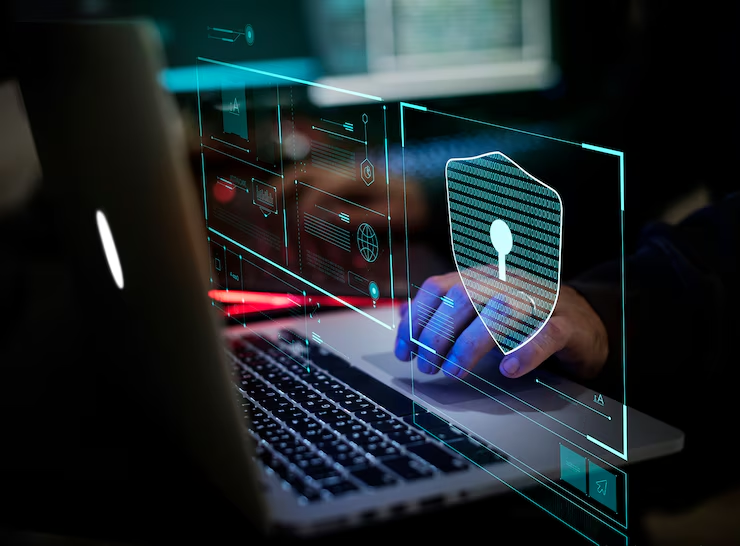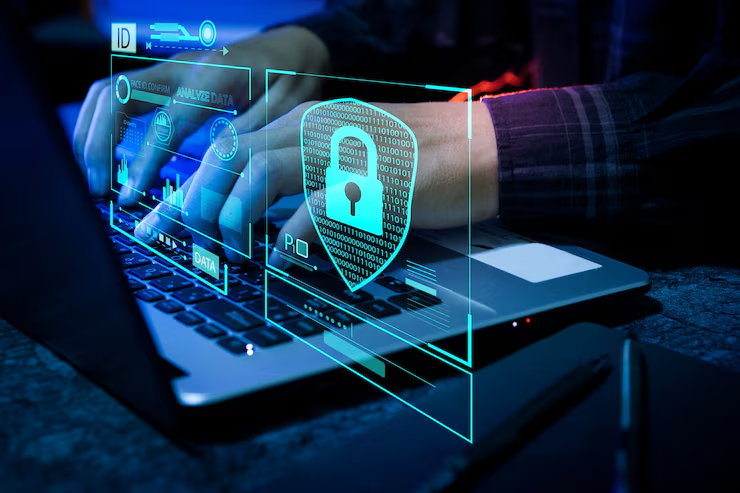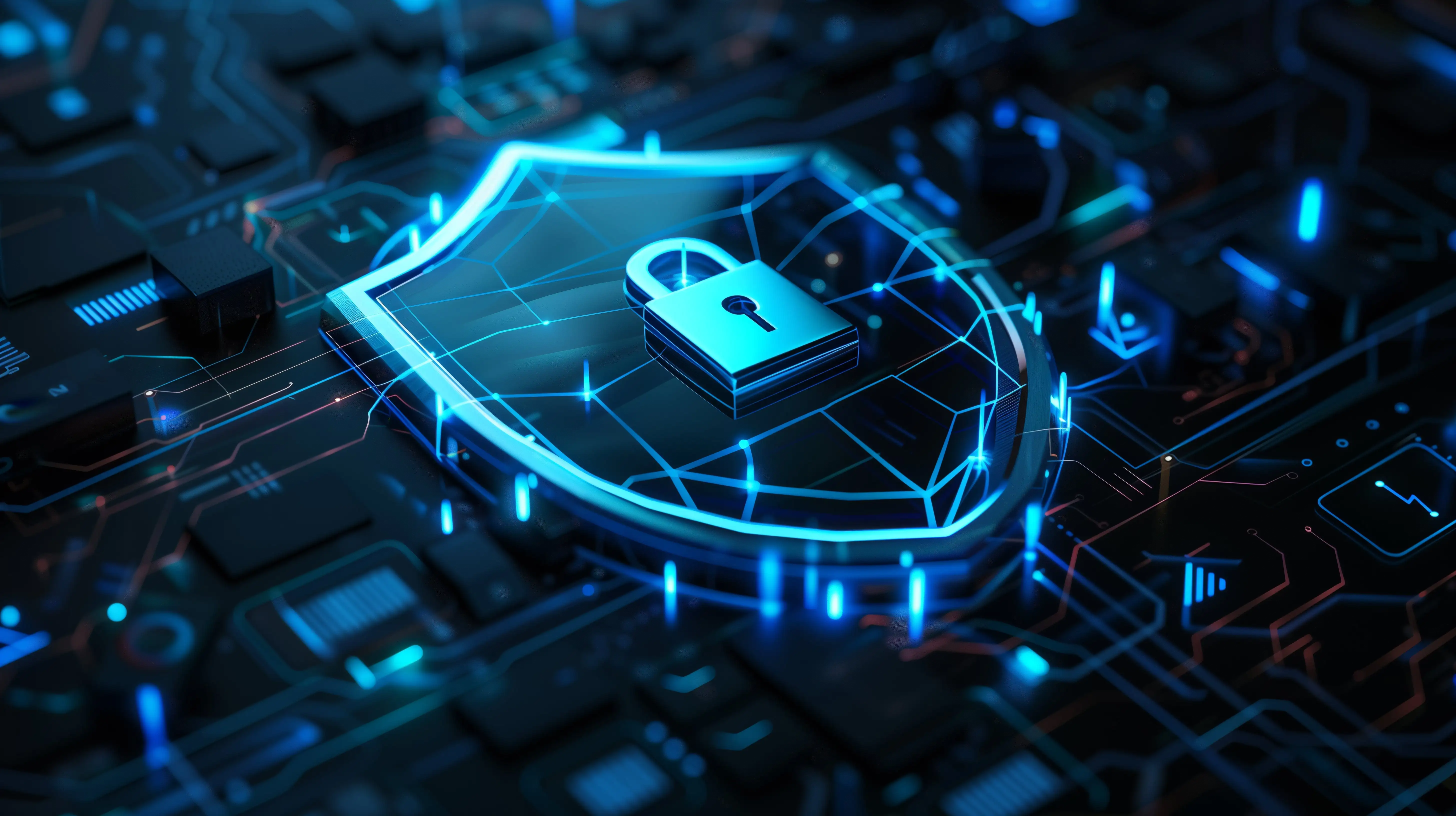Securing EMRs with Cybersecurity: How to Safeguard Electronic Medical Records and Keep Them Secure
When you go to see a doctor, you entrust them with your most intimate information—your medical history, medications, lab tests, and so on. But what goes on behind the scenes? How is that sensitive information stored, transmitted, and most importantly, secured?
Welcome to the virtual world of modern healthcare, where electronic medical records (EMRs) and electronic health records (EHRs) enhance care provision efficiency, but leave it exposed to cyberattacks. With increasing data breaches, ransomware, and insider threats, healthcare cybersecurity is now a priority concern for healthcare providers.
This guide breaks down protecting EMRs, why healthcare cybersecurity is more important than ever, and practical advice on preventing data breaches in healthcare—all delivered in an easy, useful, and practical tone.
Why Healthcare Cybersecurity Is More Important Than Ever
The medical industry has emerged as one of the largest sources of targets for cybercriminals. Why? Electronic medical records hold everything from Social Security numbers and insurance information to diagnosis histories and lab results. It's a goldmine for identity thieves and hackers.
Why Cybersecurity Matters for the Healthcare Industry
Here are just a few startling facts:
• A single health record can sell for 10–50 times higher on the black market than a credit card.
• Over 100 million patient records were breached in breaches in 2023 alone.
• Ransomware can take down an entire system of a hospital system for days.
These threats make it certain: cybersecurity in healthcare is no longer just about IT—it's about safety, compliance, and trust.
The Hidden Threats of Electronic Medical Records
EMRs are important, but they have some serious weaknesses.
1. Weak Access Controls
Anyone who knows their password may come to access what they are not supposed to. Without tightly controlling access policies, the chance for internal abuse heightens.
2. Phishing Attacks
The #1 source of breaches? Employees are falling victim to imposter emails. Those attacks result in credential compromise or malware infection—a classic cybersecurity problem in healthcare.
3. Insecure Mobile Access
Healthcare workers adore the ease of accessing patient records from a smartphone. But without encryption, that is a huge EMR security risk.
4. Legacy Software
Legacy systems that aren't updated regularly leave security vulnerabilities. These outdated technologies are particularly prevalent in rural or under-budgeted healthcare organizations.
5. Human Errors
Minor mistakes, such as emailing a record to the wrong person or setting up weak passwords, can lead to severe electronic health record security problems.
All of these elements make for growing concerns about electronic health records and the heightened need for strong protection.
EMR Risks: Healthcare Providers Need to Tackle
Knowing the risks is one thing—tackling them is another. Here are some top EMR risks that require urgent attention:
• Ransomware: Thieves shut you out of your EMRs and ask for money.
• Insider Threats: Angry staff or careless personnel leaking information.
• IoT Vulnerabilities: IoT devices such as monitors and pumps are frequently connected but insecure.
• Cloud Misconfigurations: Misconfigured cloud storage can leave sensitive records open to public access.
All of these threats contribute to the risks of electronic health records and the need for a solid defense strategy.
How to Prevent Security Breaches in Healthcare
Good cybersecurity isn't magic software—it's people, policies, and layered protection. Here's how to keep security breaches out of healthcare environments successfully:
1. Implement Strong Authentication
Multi-factor authentication (MFA) is one of the easiest ways to implement a potent security layer. Make it mandatory for all employees.
2. Encrypt All Information
Whether in the cloud or on a local server, electronic medical records security needs end-to-end encryption.
3. Train All Employees
One uninformed employee can leak thousands of records. Provide frequent training to inform staff about cybersecurity and healthcare threats, such as phishing or working on personal devices during work.
4. Track and Log Activity
Implement software that monitors who is looking at what. Real-time warnings can prevent attacks before they cause damage.
5. Conduct Risk Assessments
Assessing your systems periodically can reveal vulnerabilities before they turn into full-scale breaches.
These steps are the foundation of healthcare cybersecurity best practices and a modern cybersecurity plan.
The Role of HIPAA and EHR Compliance
The American healthcare system has stringent data privacy legislation under HIPAA (Health Insurance Portability and Accountability Act). Knowledge of HIPAA and EHR compliance is crucial.
HIPAA's Cybersecurity Requirements
• Tie administrative, physical, and technical safeguards in place.
• Perform ongoing security risk analyses.
• Maintain secure transmission and storage of electronic data.
Failure to comply can cost big fines and public trust. Not only is HIPAA compliance the law, but it's also one of the cornerstone pillars of EHR security.
Patient Concerns About EMR and EHR Security
Patients are getting smarter about technology, and they're demanding tough answers. Here are some typical concerns about electronic health records:
• Will my medical information be sold or abused?
• What if someone breaks into my records?
• Can I see and manage who gets to view my information?
Providers need to respond to EHR concerns honestly, establish trust, and reassure patients that robust EHR security measures exist.
Creating a Secure EMR Environment: What Works
So, how does a good secure EMR implementation look? Let's get realistic.
1. Select a Reliable EMR Vendor
Not all EMRs are equivalent. Search for systems that are HIPAA-compliant and include features such as role-based access, encryption, and audit trails.
2. Patch Systems Regularly
Don't wait until it's too late. Patches applied to software the moment they become available can close known vulnerabilities.
3. Secure Network Infrastructure
Utilize firewalls, intrusion detection systems, and VPNs to secure data in transit.
4. Implement Data Governance Policies
Clear policies regarding data access, sharing, and retention minimize electronic medical records issues and safeguard sensitive data.
Leading Trends in Healthcare Cybersecurity
To remain ahead, you must know what is emerging. The landscape of cybersecurity in the healthcare industry is changing rapidly:
• AI and Automation: Real-time protection based on machine learning.
• Zero Trust Models: Trust no one—neither inside nor outside.
• Blockchain: Provides transparency and immutability for health records.
• Biometric Security: Facial or fingerprint recognition provides physical security.
All these trends address more fundamental healthcare cybersecurity regulations and seal the gaps exploited by hackers.
Cybersecurity Plan Checklist for Healthcare Organizations
Ready to get started? Here's an easy cybersecurity plan checklist specifically designed for healthcare:
• Scan EMR vulnerabilities
• Implement access controls and MFA
• Regularly train staff
• Encrypt and back up data
• Audit system access
• Collaborate with secure vendors
• Develop an incident response plan
• Quarterly review and update policies
Checking those boxes is how you become secure rather than vulnerable in an era of digital health.
Last Thoughts: Healthcare Cybersecurity Is Patient Safety
At its core, healthcare and cybersecurity are the same. You can't have quality care if your systems are open to breaches, ransomware, or outages.
The real price of bad health care cybersecurity isn't monetary—it's human. Each weakness harms actual lives and health outcomes.
Getting ahead today avoids disaster tomorrow.
Take Charge of Your Cybersecurity with Gini: Lock Down Your EMRs and Keep Your Patients Safe Now
Want to safeguard your electronic health record security without increasing complexity in your business?
Visit Gini, your trusted partner for solid, healthcare-centric cybersecurity solutions.
Gini assists you:
• Adhere to HIPAA and industry regulations
• Enhance EHR security with threat protection in real-time
• Eliminate typical electronic medical records risks
• Educate your employees on healthcare cybersecurity best practices
• Develop a useful and scalable cybersecurity plan
Protect what matters most—your patients.
Begin your path to a safer, smarter EMR system today.
Start Your 7-Day Free Trial Now.






